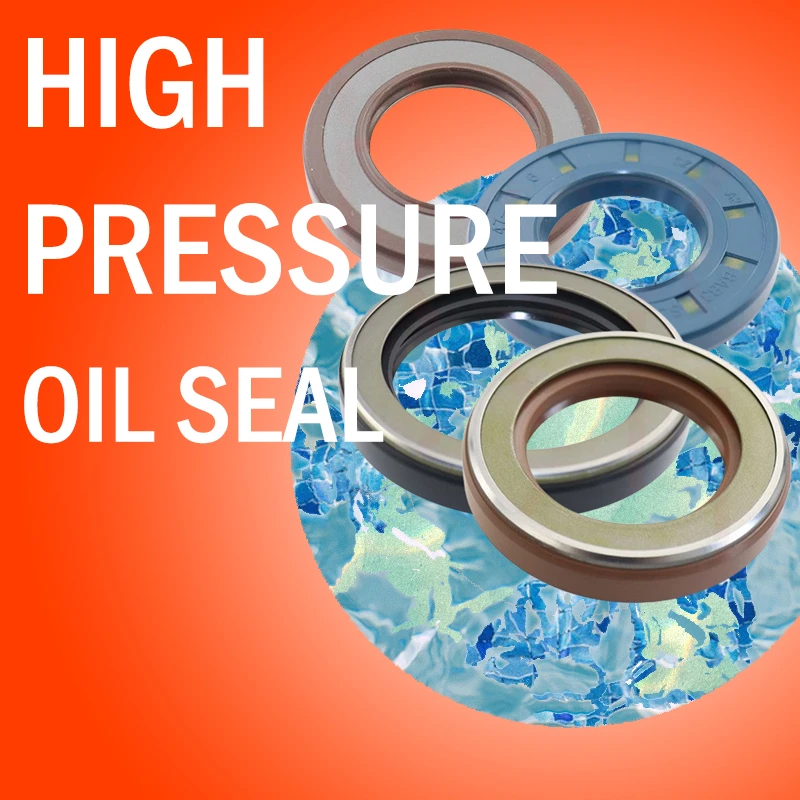Ақп . 14, 2025 20:57 Back to list
170×200×15 Rubber Oil Seal From Tcv NBR FKM High Pressure Oil Seal Tcv Oil Seal


Installation accuracy is another aspect that significantly affects the performance and lifespan of high pressure oil seals. Proper installation ensures the seal is correctly aligned and secured, preventing premature failure. During installation, it is critical to avoid any damage to the sealing lip or surface, as even minor abrasions can lead to leaks. Precision tools and proper handling techniques should be employed to preserve the integrity of the seal. Ongoing maintenance and inspection are also necessary to ensure the durability of high pressure oil seals. Regular checks for signs of wear, leaks, or deformities can prevent catastrophic failures. Such inspections allow for early detection of issues that could lead to mechanical breakdowns, thus facilitating timely repairs or replacements. Recent advancements in seal technology have led to the development of smarter oil seals, incorporating sensors that monitor temperature, pressure, and wear. These innovations provide real-time data and early warning signs of potential failures, enabling proactive maintenance strategies. As technology continues to advance, we can anticipate even more refined solutions designed to handle the increasing demands of modern machinery. High pressure oil seals serve as indispensable components in ensuring the efficiency and reliability of numerous systems. Selecting the right material, design, and installation approach is paramount in achieving optimal performance. By prioritizing precision and quality in both product choice and maintenance practices, industries can enjoy enhanced machinery reliability and reduced downtime. As an expert in the field, understanding these elements allows one to make informed decisions, leading to greater system efficiency and operational success.
-
The Trans-formative Journey of Wheel Hub Oil Seals
NewsJun.06,2025
-
Graphene-Enhanced Oil Seals: Revolutionizing High-Pressure Oil Sealing
NewsJun.06,2025
-
Future of Hydraulic Sealing: Advanced Intelligent TCN Oil Seals
NewsJun.06,2025
-
Don’t Let a Broken TCV Oil Seal Ruin Your Day
NewsJun.06,2025
-
Bio-Inspired Dust Seals for Better Sealing Performance
NewsJun.06,2025
-
Biodegradable and Sustainable Hydraulic Seal Materials
NewsJun.06,2025
-
Top Oil Seal Solutions for Your Industrial Needs
NewsMay.22,2025
Products categories
















